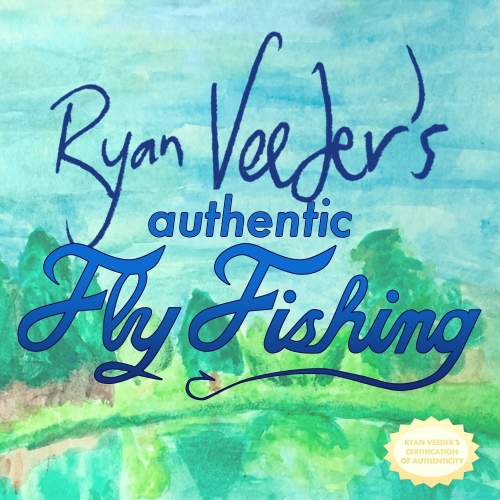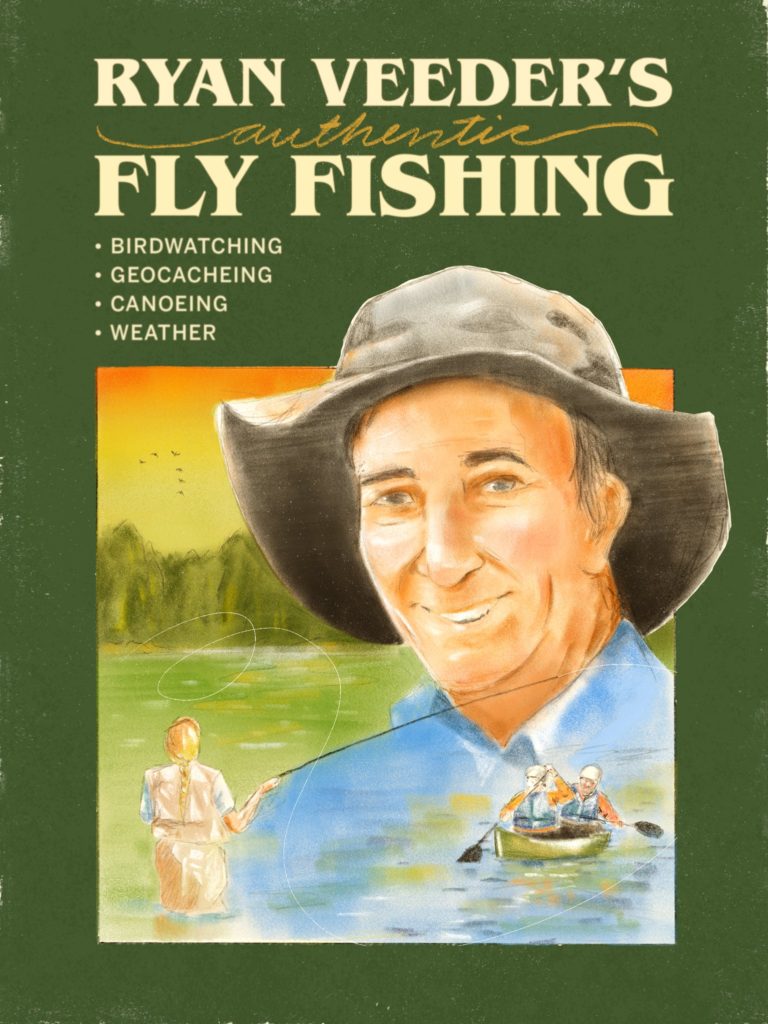It looks like I was writing this for an audience, so I’ll let it introduce itself.
HEY: Don’t read this if you haven’t played the game yet. Come on.
Friday, December 27, 2019
I saw this YouTube video where this guy had made a mechanical retelling of The Little Match Girl. https://www.youtube.com/watch?v=lzrFVUBpNkY He described it as “Women selling matches on Christmas Eve” because he doesn’t really speak English and he possibly was misremembering the story. But I didn’t know the story at all, so I thought maybe it was a traditional Japanese story. Trying to figure out the inspiration for this Lego narrative automaton, I actually looked at The Little Match Girl for the first time, and noticed what a bizarre story it is. A synopsis if you need it:
A little girl is forced to sell matches in the street on a freezing New Year’s Eve. She burns the matches to keep warm, and in their light she sees visions of Christmas happiness (including a roast goose that climbs off a table and starts walking toward her). Then she has a vision of her grandmother, who carries her up to Heaven. In the morning, people find the girl’s corpse and lament her death, but the narrator indicates that their grief is misplaced don’t know what beautiful visions she saw and how happy she is in Heaven.
I guess Hans Christian Andersen was thinking “Man, it’s not such a bad thing when children freeze to death in the street… but what’s the best way to convince my readers that this is true???”
The derangedness of the story made me want to do my own deranged version, and its structure suggested to me a game structure where burning matches allows the player character to visit different fantasy worlds. This tied into a puzzle I had been playing through in Luigi’s Mansion 3, where Luigi has to carry objects between film sets to solve a chain of puzzles (a torch from a medieval movie burns down a spiderweb in an unrelated basement set). So, a trading sequence hopping between different near-death experiences.
(Wikipedia mentioned that some version of A Christmas Carol has Scrooge be mean and then nice to a Little Match Girl, so I decided to steal that.)
I thought, what are the stupidest places the little match girl could go? Definitely Atlantis. I don’t know why I thought of the tunnels beneath Paris, but I ended up doing way too much research on where these sewers used to be and what this street’s name used to be and from where on the Seine you should be able to see the Eiffel Tower. I never got a firm idea of what year it is in the Paris part of the game though.
A quiet cabin in Japan seemed like a nice contrast to these two more bombastic ideas. Then I wanted a fourth location that would contrast with those three, and I realized it should be dangerously hot (to match the deadly cold of the “real world”). So, the American southwest.
I wanted the four locations to be completely incongruous to each other, and I think conceptually they are, but as I started coming up with the trading sequence, I realized that the connective tissue of this long puzzle would force the four worlds to feel much more cohesive than I intended. Well, what can you do?
Anyway, Friday night I had the basic locations and their inhabitants and some of the trading sequence figured out. I decided that if I could get the design outline finished on Saturday, I’d have a game scoped for writing in three days.
Saturday, December 28, 2019
I got the rest of the trading sequence figured out. I started designing the rooms in my notebook: Sketchy little maps of each region, and then a few lines for each room saying what is in that room.
When those were all done, I opened up Inform, I wrote the rooms in, and then I started outfitting them with objects and descriptions. I did the Cuervo rooms first, because I knew the walk through the desert would be easy. Then I did Atlantis. I started in on Paris before I went to bed.
I added all the people, but none of their behavior. I guess I did write the scene where you get the pirate statue from Nash, because it’s part of the basic looking around part of the player experience. The idea of a trashy nude pirate statue came from a Twitter post of a Reddit post about somebody’s house that amounted to “hey, isn’t it messed up that this guy has a trashy nude pirate statue?”
The vampire character was initially conceived as a man, but became a woman when I was trying to come up with a suitably weird French name and remembered the precieuses from Cyrano de Bergerac. This ends up making femininity and womanhood a bigger focus of the game than I ever intended: The little match girl confronts various women and their various needs (and men whose needs focus on the women in their lives), but she’s a little girl who shouldn’t really have to think about any of this stuff. It would be cruel if we could somehow take any of this seriously.
I like how the final four transactions in the game—Nash’s milk, Kazue’s headache relief, Poseidon’s quest for beauty, and Urimedonte’s death—form a kind of hierarchy of needs, from nourishment to comfort to philosophy to oblivion.
At the end of Saturday, the game was just over 5,000 words long.
Sunday, December 29, 2019
I implemented the basics of Paris and Ogureyama. I started in on the critical path of the trading sequence. I got up to where you get the poem from Yasushi, and then I stopped: I didn’t know how to write the scene where you give the poem to Poseidon.
I added some basic verb response stuff, I added structure for giving items to the wrong people. I did a little bit of the structure for the transition from the “real world” to the “visions,” but I’m a bit intimidated by that right now. I have basically nothing for the “real world” section.
At the end of Sunday, the game is just over 10,000 words long.
Tomorrow I need to finish the trading sequence. Do the mechanics for burning matches to enter visions and waking up to exit them. Write the conversation stuff for all the NPCs. Add the patreoneer names to the busts in Atlantis.
Monday, December 30, 2019
In the morning I did the stuff for the “frame story,” including the text quoted from the original story, the mechanics for burning matches and waking up to enter/exit visions, and some small default response adjustments. I also did all the “give X to NPC” responses. good grief.
The game is 14072 words at noon. I wonder if it can break 20k by tonight! Probably not!
[Editor’s note: The final version of the game comes out to about 18,000 words.]
What I need to do with the rest of the day:
X put the Patreoneers in the busts in the statue gallery.
X write trading Poseidon the poem for the trident.
X write killing Urimedonte with the trident to get violin and cat.
X text for TALK TO each of the NPCs.
X a CRY action
– the text of the poem when Nash translates it.
X The ending of the game (waking up with the violin, playing the violin)
That should be everything!
OH ALSO: It is critical that the game hints you to wake up! You have to know that you can wake up!
5:45 PM: I wrote the ending and it made me laugh so hard. I am so pleased with myself.
All that’s left is to write the poem as Nash translates it and then I can try to get someone to beta test it!
WELL, I copied a Neruda poem and I compiled the dang game. I sent it to Zach, who played through it pretty fast, and I sent it to Yerrik, who took two hours to get through it. I fixed the issues they reported and I ran a new version and I sent it to Emily.
Tuesday, December 31, 2019
Emily only had a few notes so I fixed that and then I got the game ready to send out.
I wanted the “PARIS, FRANCE” text to be really big. It didn’t work in Lectrote for some reason so I had to compile separately for the Quixe version and the bare gblorb.
I am frustrated because none of the testers seemed to find the drastic changes to the original story particularly funny. BUT I wrote the game in three days so it doesn’t have to be extra super good. And I think it’s hilarious.
BONUS: “PREWRITING”
Along with the development diary, my files include “prewriting.txt,” which is just a little brainstorming document, and I guess I’ll just paste it here:
The Little Match Girl
by Hans Christian Andersen
- you have four matches
- you are supposed to sell the matches
- but if you don’t burn them you’ll die
- burning a match makes you go to a vision
- take items between visions to solve puzzle
- the end
ATLANTIS
meet the little mermaid
JAPANESE VILLAGE
buddhist bells, 108
CATACOMBS
beneath paris? vampire?
dark
GAS STATION
bring source of fire, because matches don’t travel with you
little doll
shells
torch
book in foreign language
kitten
mask
blanket
dagger
flint
jewel glitters, light source
bean
cow
pitchfork/trident
beaded necklace
bottle of glue
bottle of milk
light source for cave
hook for reaching something
knife for cutting something
finally get ukulele and play on street, get adopted by Ebenezer Scrooge
see paris -> see atlantis -> see ogureyama -> see cuervo ->
get bottle -> fill bottle with milk from cow -> give milk to gas station attendant
Neptune’s trident -> slay vampire



